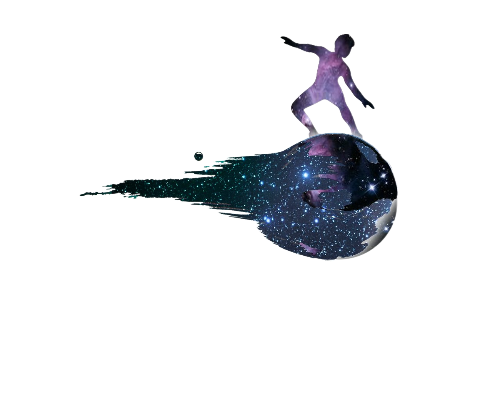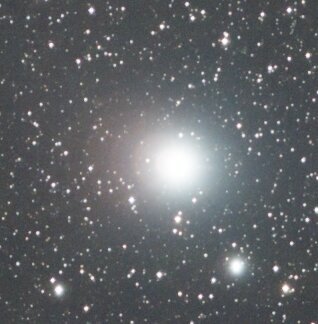Mirrorless can't do astro!
I don’t really mean that, of course, they can. But not without a hassle.
When it comes to buying a camera, the internet can be overwhelming. There are so many contradicting opinions from users, paid reviews, and fanboys trashing each other's favorite brands. Personally, I couldn't care less about the label on my camera. All I need is a camera that meets my needs. I'm not loyal to any political party, religion, or corporate imaging company. To me, my camera is simply a tool that helps me bring my vision to life.
Everyone wants to believe that their choice is the best, but the truth is, there is no perfect camera, especially for astrophotography. It's frustrating to see people trolling and fighting each other over cameras when in reality, astrophotography is a black hole for all brands. Instead of bragging about Sony's sensor tech, Canon's colors, or Nikon's handling, let's take a closer look at why astrophotography is a challenging discipline for all camera brands.
CANON EOS RA
An obvious choice for any astrophotographer is the Canon’s first full-frame astrophotography camera. EOS RA comes with a special IR filter that allows 4x more ha light and a dedicated 30x magnification to focus on stars with a good balance of resolution (30mp) and performance. The Ra has the same sensor architecture as the EOS 5D Mark IV that was introduced in 2015 but the read noise has been somehow tweaked and shows a slightly better performance even from EOS R! Although Canon has started to manipulate their Raw files with noise reduction I think that the stars are unaffected and they retain the best color. On the cons side, it is a fact that you buy a somehow older tech sensor for a very steep price while the competition has moved to BSI and stacked sensors. The really bad news is that Canon has messed up the modification of this camera probably by extended sensitivity in the near IR or by choosing poor anti-reflecting coatings to the interference filter that creates strong halo rings around bright stars, especially with refraction optics. Whatever is the reason causing this, Canon doesn’t seem to recognize it as a problem. Some classic Canon banding in lower iso also have been reported but fixed with an update but this sensor is a solid performer for all heavily invested Canon gear users.
The workaround: You tuber astrophotographer Nico Carver found a workaround by using an astronomic L2 UV-IR block luminance filter that almost eliminates this star problem. Lately, a list of good and bad combinations between lenses/telescopes and L2 filters has emerged among Canon users. To avoid banding in astrophotography shoot above iso 800.
11/10/2022 UPDATE
Internal IR light leak from modded Canon cameras
A new issue has been reported by several users and KolariVision concerning modded cameras when using RF lenses. It seems that an IR LED module inside the lenses creates a leakage of IR light in long exposures. It is still unknown if the problem also affects Canon Ra.
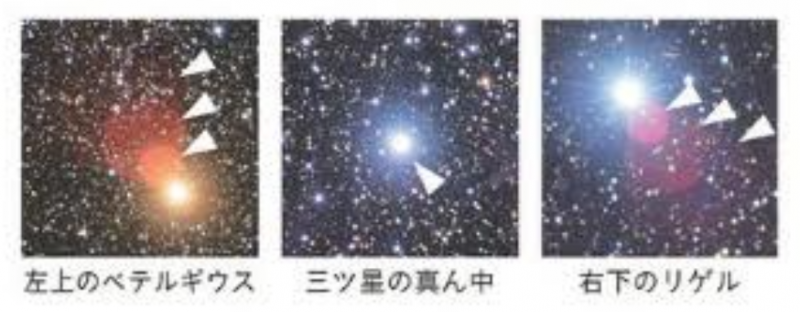
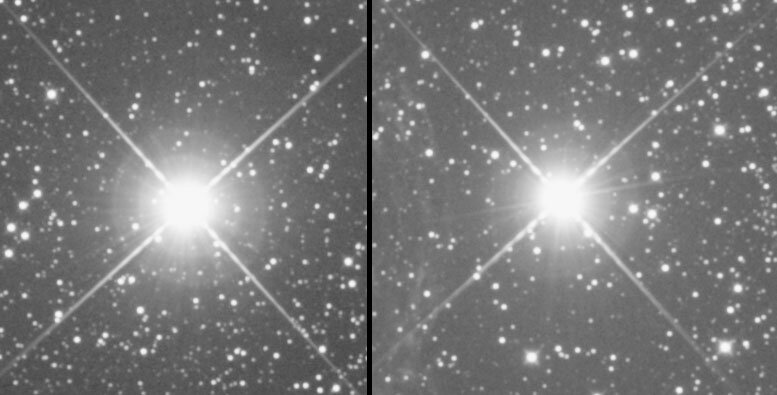

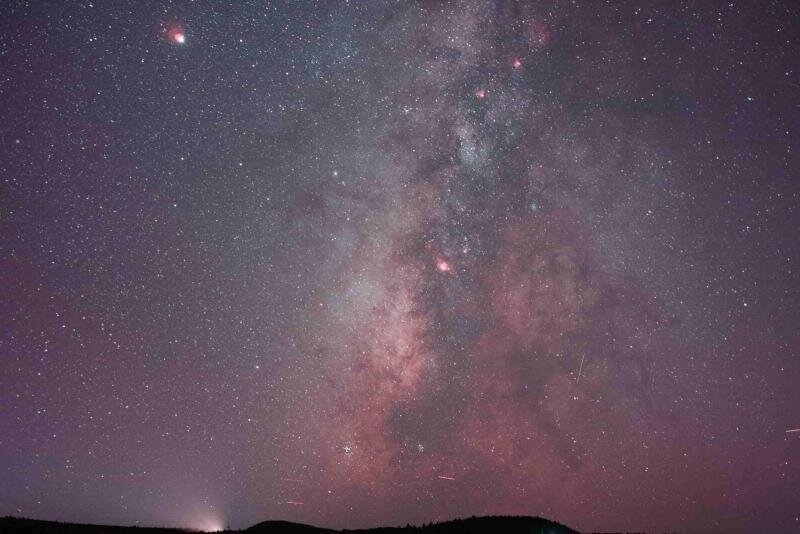

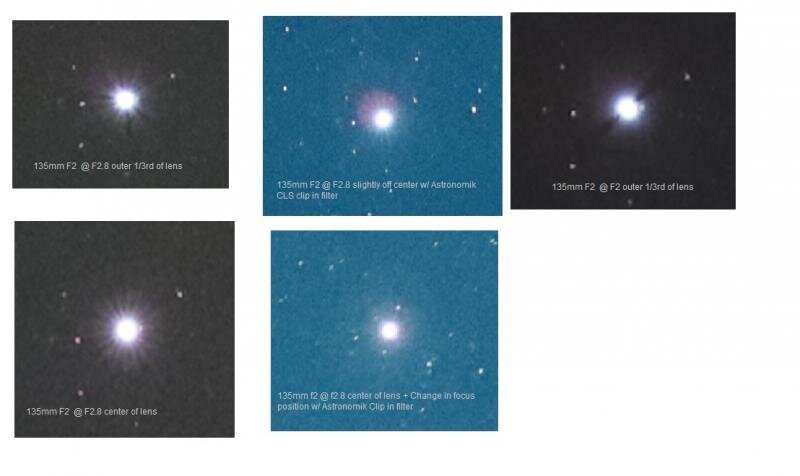

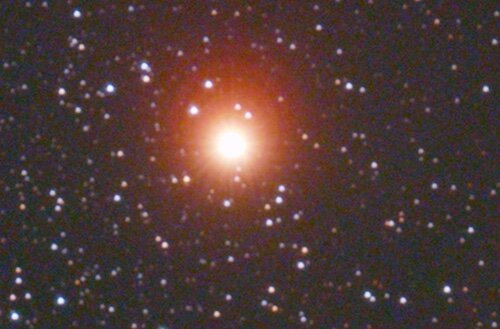
Nikon Z5/Z6/Z7
The Nikon Z series has received criticism online, mainly due to its autofocus system, which lags behind Canon and Sony equivalents. However, when it comes to landscape astrophotography, this may not be a significant issue. In fact, Nikon has implemented Sony sensors better than Sony itself. The Z series offers great handling, dynamic range, excellent quantum efficiency, no star-eating issue, and an iso-invariant sensor, all at an affordable price. Moreover, Nikon's cameras are suitable for Astro modification.
However, the colored-concentric-banding issue is a significant problem for Nikon cameras. Astrophotographer Mark Shelley conducted a thorough test on his Z6 and found out that the colored rings are created by Nikon's internal raw data manipulation. This problem may become severe when trying to capture low-brightness widefield targets or IFN, but it may not be noticeable when capturing nightscapes.
The workaround by Mark Shelley: Choose an ISO and exposure length that puts the back-of-camera histogram peak in the middle, for both the light frames and the flat frames, disable vignette control and shoot only 14-bit uncompressed or lossless compressed format.
Internal IR light leak from modded Nikon cameras
It also seems that an IR LED module inside the Nikon lenses creates a leakage of IR light in long exposures. Tests with tape over the electrical contacts of Nikon lenses fix the issue.
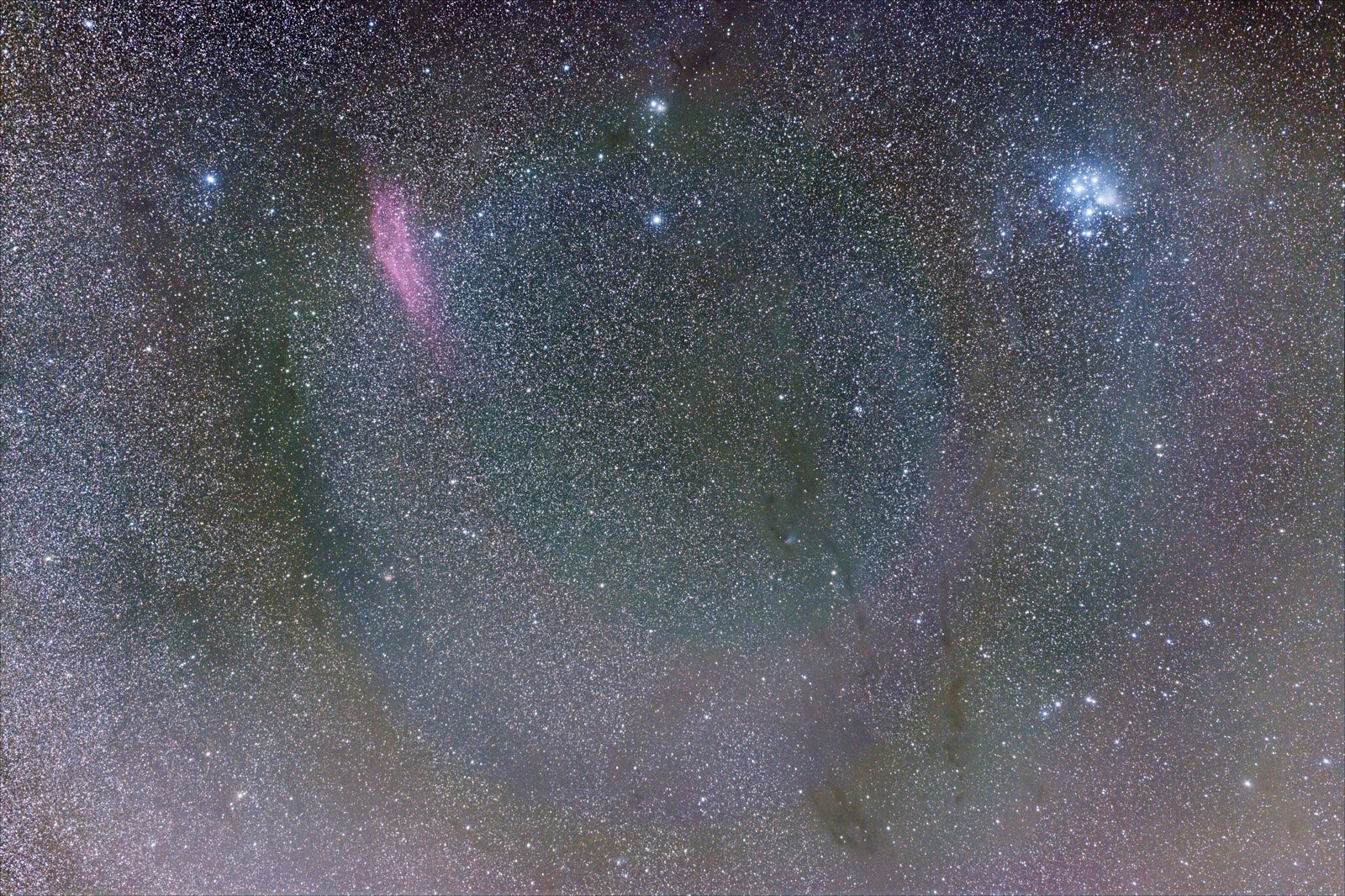
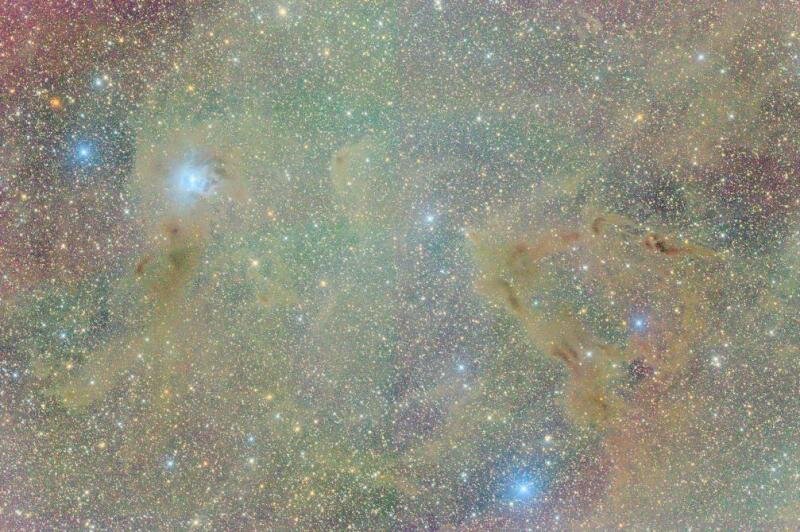
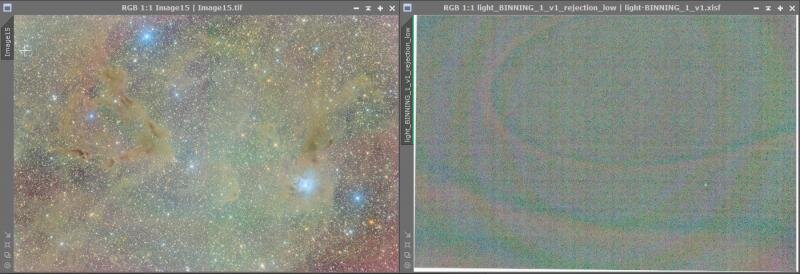
Sony A7 series
Sony has been a groundbreaking force in the camera industry, leading the way with their mirrorless camera offerings. They introduced the back-illuminated sensor and later the BSI Stacked CMOS Sensor, achieving a fantastic dynamic range and high quantum efficiency that made the astro community shift from CCD to CMOS sensor technology. It's amusing to note that most dedicated astrocams now feature a Sony sensor that performs remarkably well. However, the Sony a7 series is still plagued by the well-known Star Eater issue.
The Star Eater issue is a problem where the camera's noise reduction algorithm mistakes pinpoint stars for noise and removes them from the image, resulting in a loss of detail. In the A7 mark 1 cameras, the Star Eater kicked in when bulb mode is enabled. Sony attempted to address the issue in the mark ii and iii versions with a spatial filtering algorithm that turns tracked pinpoint stars into a green color above 4 seconds in all modes.
It's currently unclear whether the Sony A1 has the same issue, and an open petition is still active, calling for Sony to fix the Star Eater problem in all versions but i doubt it.
Workarounds: If you shoot the a7/a7r,a7s mark i stick to 30sec exposures or make a blend of a stack of 30sec exposures with bulb mode exposures and a stack of standard 30sec exposures. If you shoot a7/a7r/a7s mark ii enable continuous shutter drive mode. The bad news is that this workaround doesn’t fix the problem in bulb mode and drops the color depth to 12bit. If you shoot a7/a7s iii the post-processing of green stars is the only true option. Some people choose to defocus stars a bit so that the smaller ones won’t be recognized as noise by the algorithm but I find this abnormal. The workaround for the Sony a7riii/a7riv is the pixel shift mode which behaves almost like dithering so the spatial filtering is mostly disabled. Beware that all mark i and mark ii sony cameras can be Ha modified but a7riii/a7iv can not due to an internal IR LED that is connected with the shutter.
10/10/2022 Update:
It seems that many major modders have been able to mod a7riii and a7iv probably by using special glass inside the sensor stack.
*21/05/2021-New evidence has emerged from cloudy nights that the Sony A1 suffers from the same Star Eater algorithm as the A7riv.
*02/06/2022 New evidence has emerged from cloudy nights that the Sony A7IV suffers from the same Star Eater algorithm as the A7riv/A1.
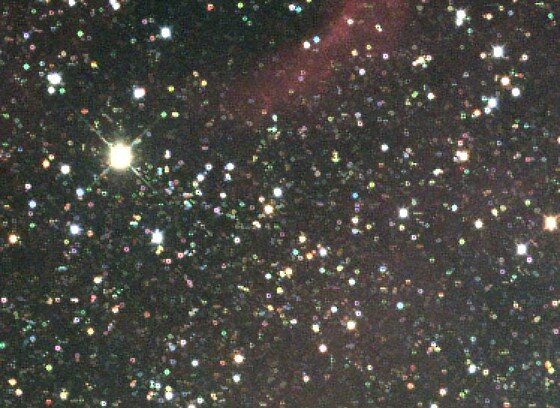
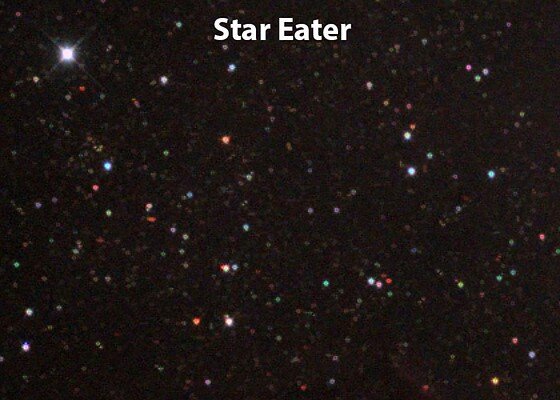
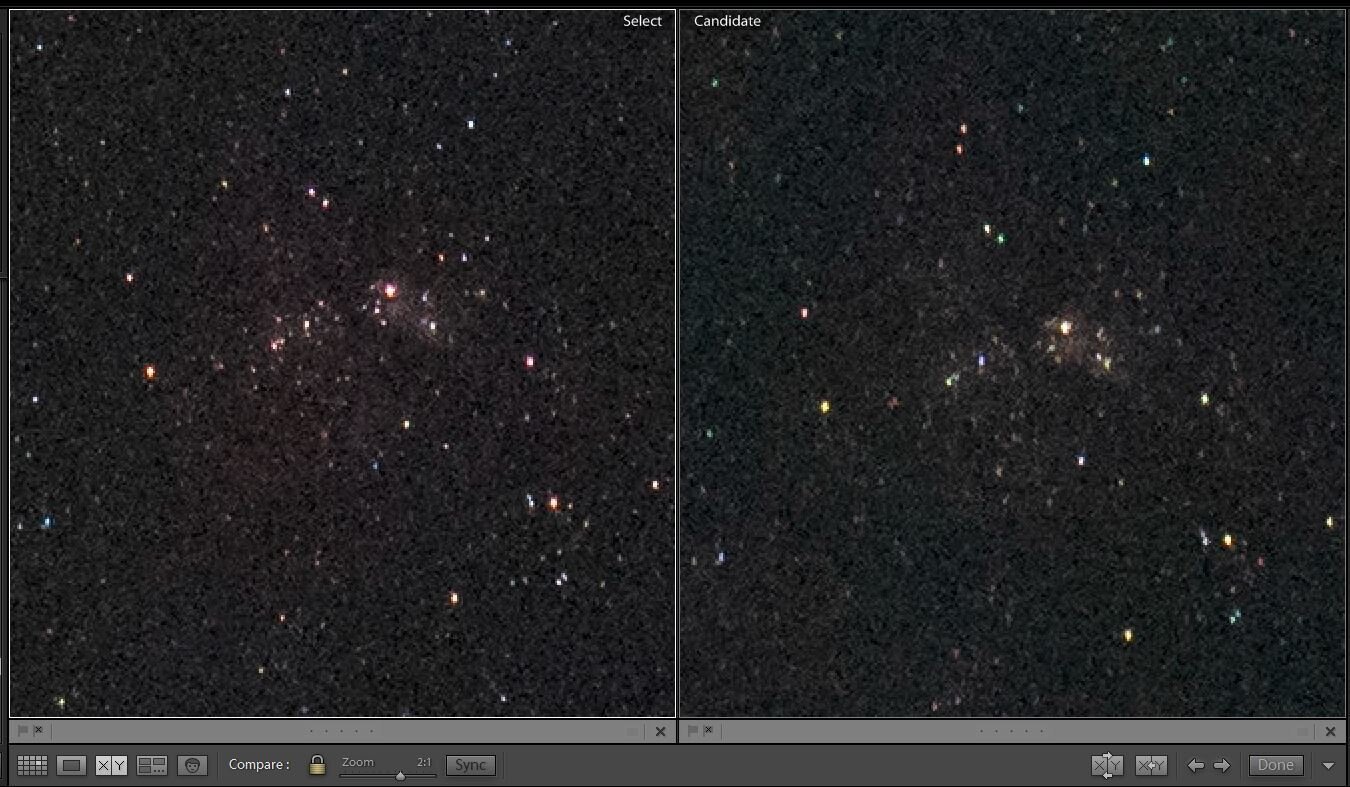


Fujifilm X-Trans & GFX50R/50s/100
Fujifilm cameras are known for their unmatched retro feeling, top-notch image quality, and fun of use. The company has invested in APS-C and medium format sensors, avoiding the bloodbath of the full-frame battle. Although there aren't many complaints out there, Fujifilm cameras suffer from Star Eater, which differs from model to model but is nowhere near as destructive as Sony's.
When stacking stars in Fujifilm images, they appear to be mishapen with fainting and holes, indicating a hot pixel suppression or an additional smoothing filtering applied to the RAW. The sharper the stars, the more apparent the problem becomes. Unfortunately, there's currently no workaround for Fujifilm's Star Eater. However, if you're only shooting nightscapes or using lenses that aren't as sharp, Fujifilm cameras are still great performers.
Fujifilm's medium format cameras are the best choice for astrophotography as they collect photons better than all the other brands and block much less H-alpha due to their special IR blocking filters
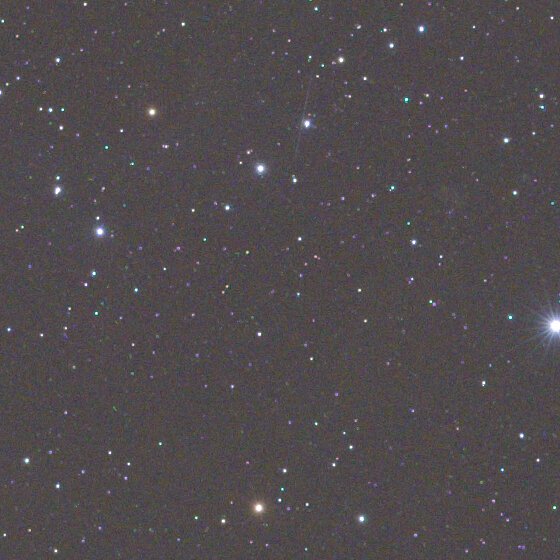

End of the day all current cameras can produce solid and beautiful results no matter what brand. Instead of shaming others over personal preference, users should push hard their brands for updates, stop cooking their Raw -all major brands right now are Masterchefs - and invest in computational photography. Stick to your guns all this rivalry is great for us users and we will all benefit in the long run.
